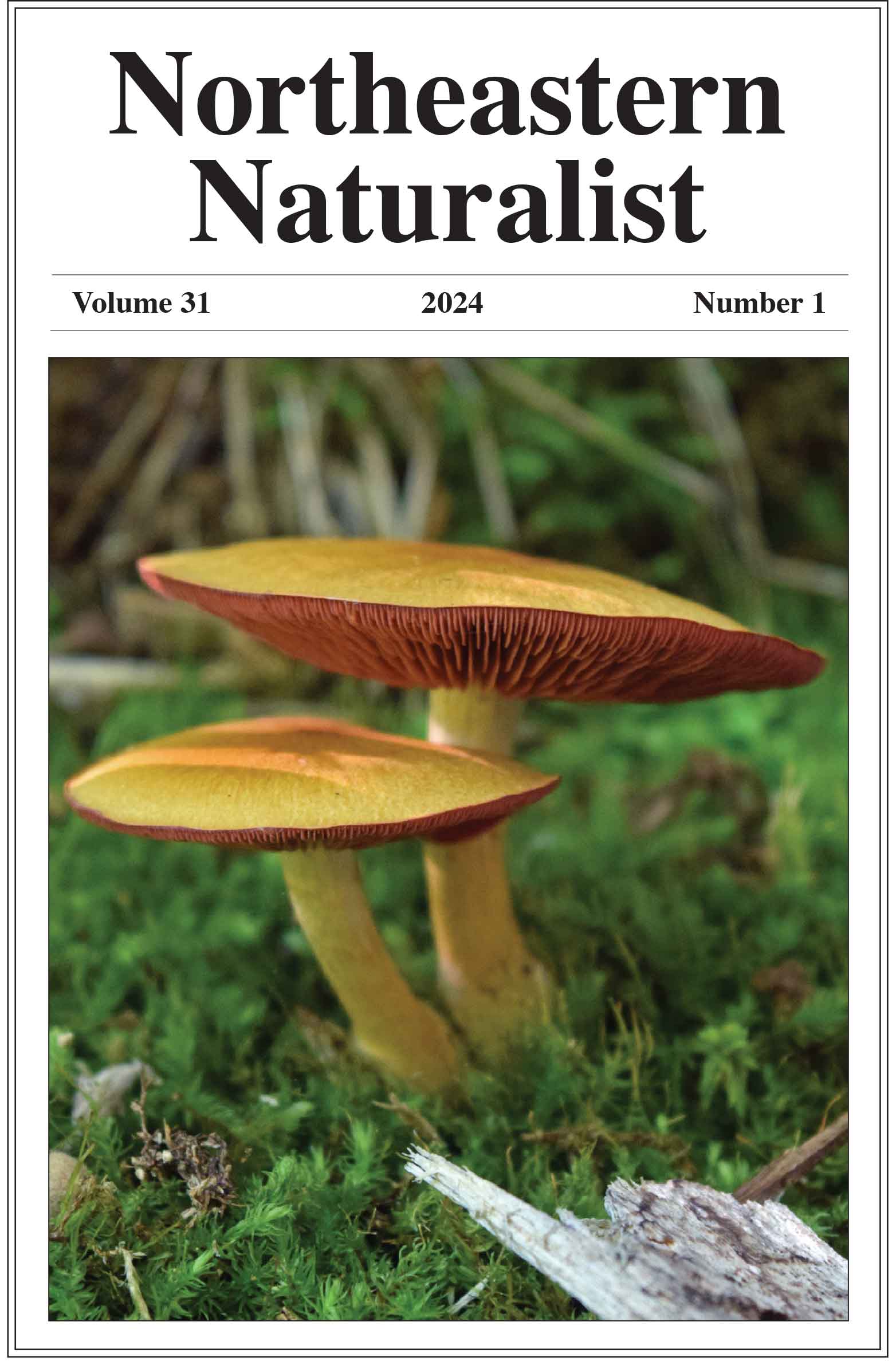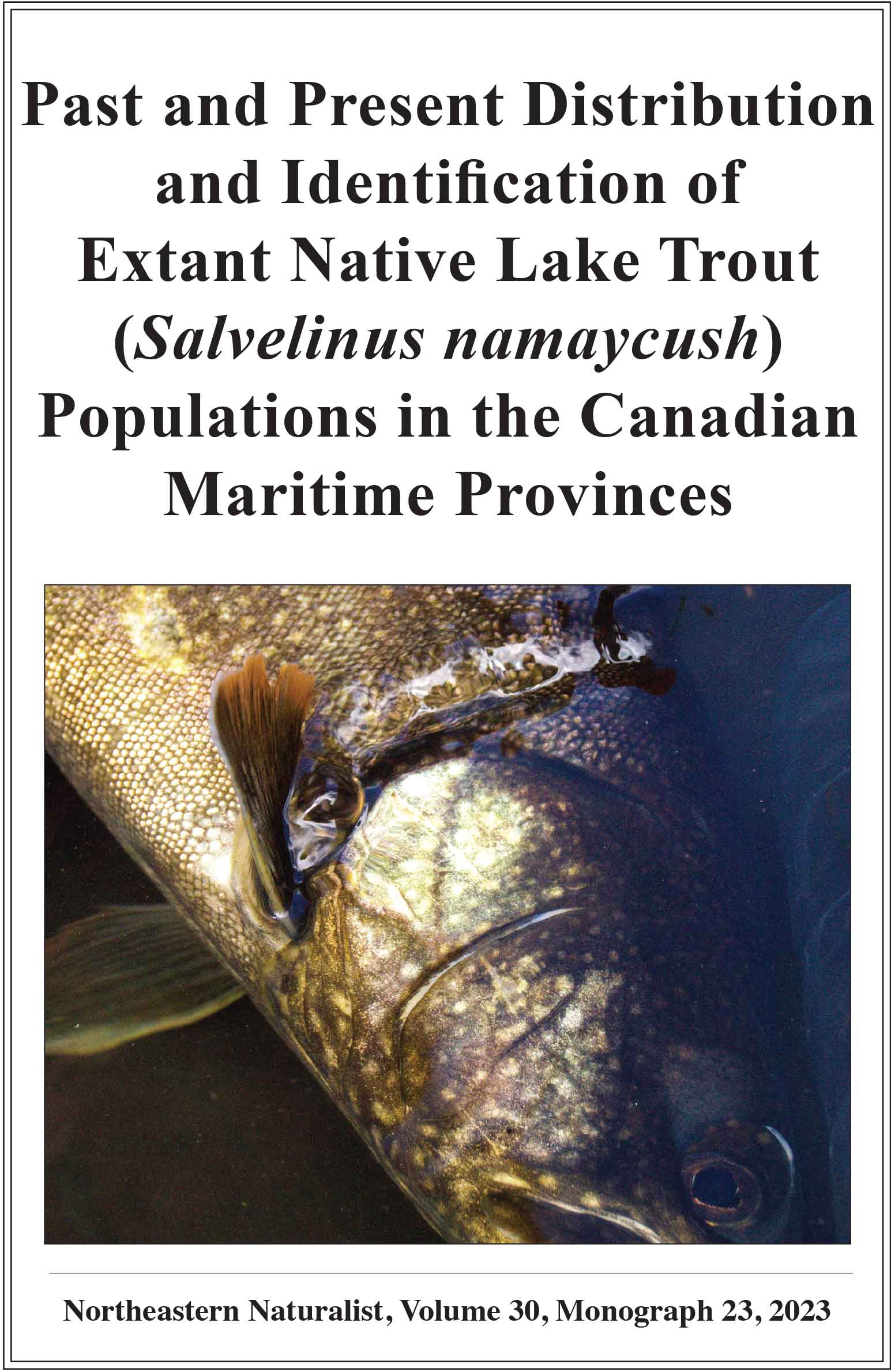Composition, Seasonality, and Life History of Decapod Shrimps in Great Bay, New Jersey
Giselle Schreiber1, Paola C. López-Duarte2, and Kenneth W. Able1,*
1Rutgers University Marine Field Station, Department of Marine and Coastal Sciences, 800 c/o 132 Great Bay Boulevard, Tuckerton, NJ 08087-2004. 2Department of Biological Sciences, University of North Carolina at Charlotte, 9201 University City Boulevard, Charlotte, NC 28223.*Corresponding author.
Northeastern Naturalist, Volume 26, Issue 4 (2019): 817–834
Abstract
Shrimp are critical to estuarine food webs because they are a resource to economically and ecologically important fish and crabs, but also consume primary production and prey on larval fish and small invertebrates. Yet, we know little of their natural history. This study determined shrimp community composition, seasonality, and life histories by sampling the water column and benthos with plankton nets and benthic traps, respectively, in Great Bay, a relatively unaltered estuary in southern New Jersey. We identified 6 native (Crangon septemspinosa, Palaemon vulgaris, P. pugio, P. intermedius, Hippolyte pleuracanthus, and Gilvossius setimanus) and 1 non-native (P. macrodactylus) shrimp species. These results suggest that the estuary is home to a relatively diverse group of shrimp species that differ in the spatial and temporal use of the estuary and the adjacent inner shelf.
![]() Download Full-text pdf (Accessible only to subscribers. To subscribe click here.)
Download Full-text pdf (Accessible only to subscribers. To subscribe click here.)
Access Journal Content
Open access browsing of table of contents and abstract pages. Full text pdfs available for download for subscribers.
Issue-in-Progress: Vol. 31 (2) ... early view
Check out NENA's latest Monograph:












 The Northeastern Naturalist is a peer-reviewed journal that covers all aspects of natural history within northeastern North America. We welcome research articles, summary review papers, and observational notes.
The Northeastern Naturalist is a peer-reviewed journal that covers all aspects of natural history within northeastern North America. We welcome research articles, summary review papers, and observational notes.